Bases
In chemistry, a base is a substance that can accept hydrogen ions (protons) or donate electrons. Bases are the opposite of acids and have a pH level greater than 7. When a base is dissolved in water, it forms hydroxide ions (OH-) which can react with hydrogen ions (H+) to form water.
Properties of Bases
- Bitter taste
- Slippery or soapy feel
- Turns red litmus paper blue
- Can be corrosive
Common Bases
Some common bases include:
Uses of Bases
Bases have a wide range of uses, including:
- As cleaning agents (e.g. soaps and detergents)
- In the production of paper and textiles
- In the food industry for processes such as baking
- In pharmaceuticals for medicinal purposes
Study Guide
Here are some key points to remember about bases:
- What is a base and how does it differ from an acid?
- What are the properties of bases?
- Give examples of common bases and their uses.
- Describe the pH level of bases and their effect on indicators like litmus paper.
Now that you have a basic understanding of bases, you can explore further by conducting experiments or researching specific applications of bases in various fields.
[Bases] Related Worksheets and Study Guides:
.◂Science Worksheets and Study Guides Fourth Grade. Rocks and minerals
Study Guide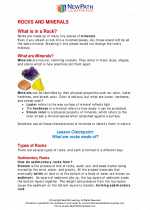 Rocks and minerals
Rocks and minerals  Activity Lesson
Activity Lesson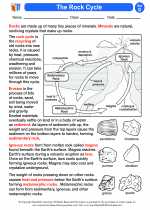 The Rock Cycle
The Rock Cycle  Worksheet/Answer key
Worksheet/Answer key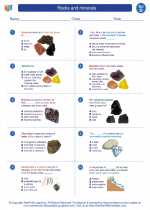 Rocks and minerals
Rocks and minerals  Worksheet/Answer key
Worksheet/Answer key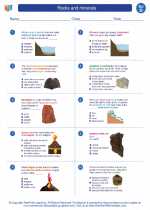 Rocks and minerals
Rocks and minerals  Worksheet/Answer key
Worksheet/Answer key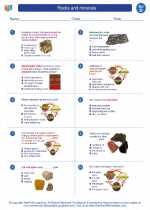 Rocks and minerals
Rocks and minerals  Worksheet/Answer key
Worksheet/Answer key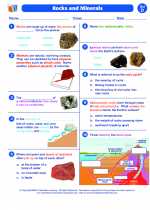 Rocks and Minerals
Rocks and Minerals  Vocabulary/Answer key
Vocabulary/Answer key Rocks and minerals
Rocks and minerals  Vocabulary/Answer key
Vocabulary/Answer key Rocks and minerals
Rocks and minerals  Vocabulary/Answer key
Vocabulary/Answer key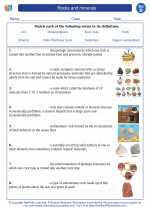 Rocks and minerals
Rocks and minerals  Vocabulary/Answer key
Vocabulary/Answer key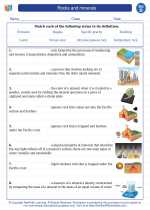 Rocks and minerals
Rocks and minerals 

 Activity Lesson
Activity Lesson
 Worksheet/Answer key
Worksheet/Answer key
 Worksheet/Answer key
Worksheet/Answer key
 Worksheet/Answer key
Worksheet/Answer key
 Worksheet/Answer key
Worksheet/Answer key
 Vocabulary/Answer key
Vocabulary/Answer key
 Vocabulary/Answer key
Vocabulary/Answer key
 Vocabulary/Answer key
Vocabulary/Answer key
 Vocabulary/Answer key
Vocabulary/Answer key

The resources above cover the following skills:
Concepts of Earth Science (SD1, SD2, SD3, SD4)
The student demonstrates an understanding of geochemical cycles by describing that most smaller rocks come from the breaking and weathering of larger rocks as part of the rock cycle.
The student demonstrates an understanding of geochemical cycles by recognizing the physical properties of water as they relate to the rock cycle.